High Low Pricing
A typical retail pricing strategy.
High-low pricing, often known as the "hi-lo" or "skimming" pricing approach, is a typical retail pricing strategy where a good (or service, in some situations) is offered at a higher price point, and then gradually reduced and marked down as demand declines.

Although the idea is straightforward, it can be challenging to decide whether (and how) to employ a high-low pricing strategy.
Prospective buyers might not be aware of a product's average market pricing, or they might strongly believe that "discount" equates to "low price," or they might have strong loyalties to the brand, product, or retailer.
The popularity of high-low pricing and the regularity of consumer purchasing make it effective. Higher-income consumers strongly choose high-low prices and frequent their favorite brand retailers.
The product's pricing thus alternately changed between "high" and "low" prices over time. Small and medium-sized retailers, in particular, will benefit from this pricing strategy.
This tactic's reasoning is straightforward.
Customers are generally more drawn to discount offerings, with the x% off the sign, in particular, luring customers to make a purchase.
This tactic may be effective for a simple reason. The "discount" sign is seen as a "lower price" in the first place since clients are often unaware of a product's regular market pricing.
A customer that is loyal to a brand or retailer will continue to do business with them regardless of high prices or a sale, which is another factor that plays a significant influence on customer retention.
Here is an Overview of the Pricing strategies…
Pricing Overview
Your turnover and profitability will significantly increase if you get your pricing right. But it's a tricky skill to master; if you set it too high, your clients will go for cheaper competition; if you set it too low, they'll consider your goods or services to be of bad quality and avoid you.
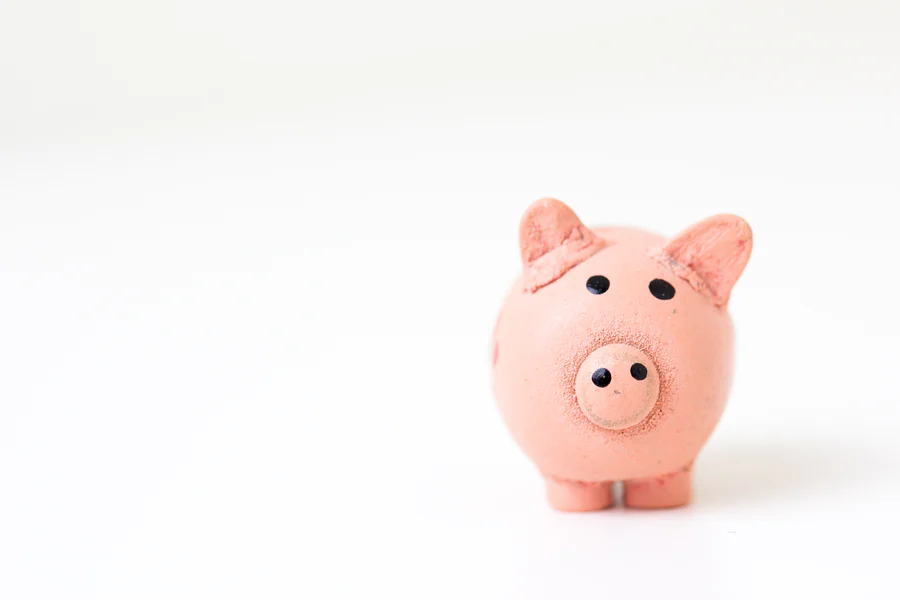
Price is the value assigned to a good or service and is determined by a complicated series of calculations, research, and risk-taking skills.
The prices of your competitors will inform you what you can or should charge in most markets.
You may get a fair notion of what your offer should be valued by evaluating how your product or service stacks up against theirs and the value your target clients place on the various features and perks you have to offer.
Setting your rates close to those of your rivals is a safe move because prospective clients won't immediately discount your goods as being overly pricey. By undercutting competitors, you'll also eliminate the chance of initiating a pricing war.
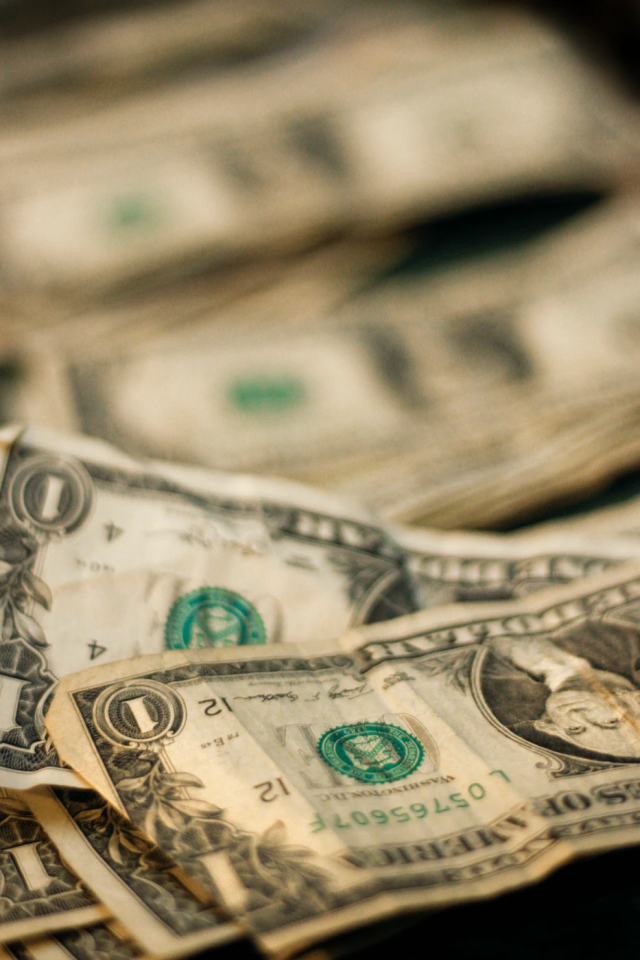
A pricing strategy considers market conditions, consumer willingness to pay, competition activity, trade margins, and input costs, among others. Target audiences include the specified clients and rival businesses.
Nature of Pricing
Pricing is determined by the company's average prices as well as the buyer's estimation of an item's value over that of competitors' goods.

1. Competitive Pricing
The prices of your competitors will, in the majority of markets, inform you what you can or should charge.
You may get a fair notion of what your offer should be valued by evaluating how your product or service stacks up against theirs and the value your target clients place on the various features and perks you have to offer.
Setting your rates close to those of your rivals is a safe move because prospective clients won't immediately discount your goods as being overly pricey. By undercutting competitors, you'll also eliminate the chance of initiating a pricing war.

2. Premium pricing
It's tempting to cut your pricing somewhat to provide a competitive edge if you have a handle on your market prices. In reality, a better pricing strategy is frequently to set a somewhat higher price.
Many buyers believe that a greater price indicates better quality, and any decrease in turnover brought on by high prices can be more than made up for by wider profit margins. You can always lower your prices to a more competitive level if it doesn't work.
3. Discount pricing strategies
Lowering your prices may reduce your profit margins, but it can be an effective strategy to gain market share, especially if you're introducing a new commodity or service. Short-term profits will be sacrificed, but you'll also prevent competitors from joining your market.
If your company is larger, you can employ a low-pricing approach in your established markets by taking advantage of your cost advantages. This is especially effective if you are selling commodities with little room for product differentiation.
4. Various product prices
You likely offer a variety of goods and services. You should strive for consistency when setting these prices so that your clients perceive value across your whole product line.
However, as many supermarkets do, you can have plans to classify various products as up or down-market. Even better, consider using a "good, better, best" price model (such as you find with silver, gold, and platinum credit cards).
You would be able to target various market segments with various needs and price sensitivity in either scenario.
How crucial it is to master your pricing approach
A good pricing strategy strengthens your position by fostering customer trust and achieving your business objectives. Let's examine the messaging sent by a strong pricing strategy and a weaker one in comparison.
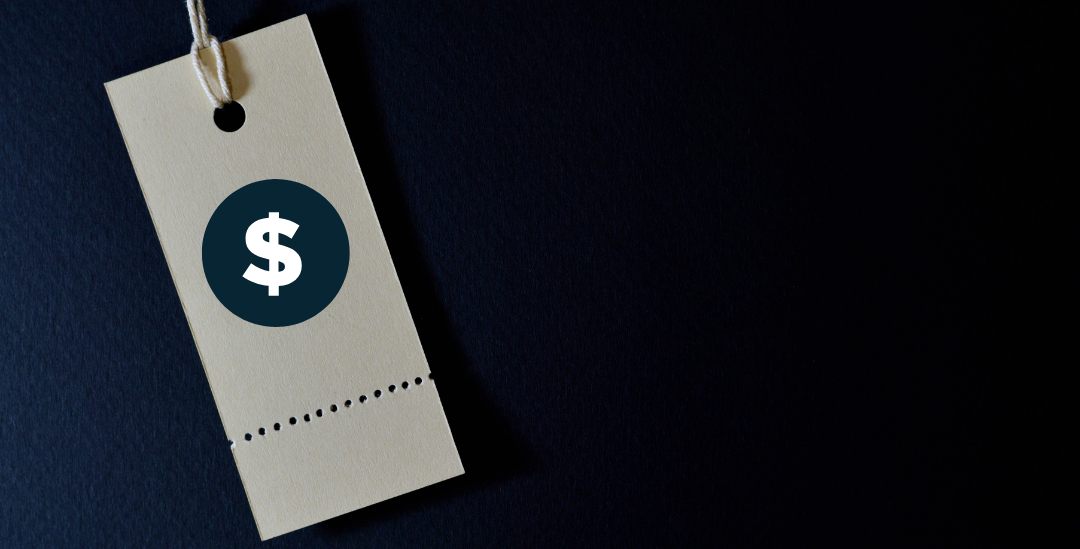
1. A successful pricing strategy
a) Portrays worth
Cheap can signify two different things. It might imply a lesser cost, but it might also indicate a poor product. There's a reason why consumers connect inexpensive goods with bad quality. The perception that a product is more valuable is based on its higher price.
b) Convinces consumers to purchase
Even while a high price could indicate value, it won't matter if a potential consumer is unwilling to spend that amount.
A low price will make your goods seem cheap and cause people to ignore them. The optimal pricing persuades customers to choose your product above those that are being offered by your competitors.
c) Ensures the trust of your customers in your product
If more expensive products convey value and exclusivity, then the inverse also applies. Too-low prices will give the impression that your product is poorly made.
2. Improper pricing tactics
If you believe your product is a success, you should discover the customer's requirement and convince him to purchase it. Pricing that is too cheap sends the wrong impression.
Customers will hesitate to buy if the price is too high or too low, just as they do when the price is just right.
Customers' tastes for value and luxury vary. Your product's price needs to be suitable for the market segment it is targeted towards.
How Does High Low pricing work?
A common pricing approach, known as "high-low pricing," enables businesses to charge more for newly released products at first and then sell them for considerably less during promotional periods before boosting prices once more.
Price reduction and loss leader pricing are two different pricing methods that are effectively combined in a high-low pricing plan. In a price-skimming technique, a vendor launches a product at a high price and then gradually lowers it.
Alternatively, loss leader pricing is when a retailer sets a product's price below its actual cost to boost sales.
It begins with a high price, much like price skimming. The model then switches to adopting the loss leader pricing strategy as demand declines to encourage more sales.
The merchant lowers the price of the goods to encourage additional purchases. When high-low pricing occurs, it typically happens during a promotion.
The strategy is effective because it offers them a deal they can negotiate. Therefore, in a way, the product's value is determined by its initial price, yet the client perceives a deal when the price is comparatively low.
It is also a smart move to make when demand is down, and the economy is in a slump.
What are the advantages of high and low prices?
The advantages associated with the pricing strategy are:
-
The high-low strategy offers advantages and disadvantages, just like every pricing plan. Companies implementing this method have leverage because of the capacity to adjust pricing, but there is also the possibility of unpredictable profitability.

-
When there is no sales history upon which to make pricing decisions, high-low pricing is particularly effective pricing and marketing strategy.
-
Businesses that cut their product costs draw clients who don't want to pass up a good deal. Companies that experience a surge in daily sales might increase the rates once again to increase profit margins.
Even though in some circumstances, this is a sound tactic, there are a few things you need to take into account:
-
It might be very challenging to raise a product's price later in the season if you've offered it to your clients at a given price.
-
In rare circumstances, raising the price of a product greatly may damage your company's reputation when demand for that product unexpectedly surges (for example, hand sanitizers during a pandemic) (or may even be illegal)
-
On the other hand, few people will be upset if prices drop. As a result, it makes sense to launch a product at a higher price, watch how people respond, and then slowly lower the price to boost demand and sales.
Not Appropriate Usage of High-Low Pricing
This type of strategy can sometimes be not appropriate to use and does not generate profit.

In the following circumstances, this pricing strategy would be ineffective:
1. Cost of commodities
If the product is a commodity, its price will normally vary according to the retailer's acquisition costs and the overall level of demand.
In this case, the market determines the pricing; therefore, launching the product at a high price will not increase sales because consumers already have an intuitive sense of how much the product ought to cost. For instance, you can't just start offering cucumbers for $10 each.
2. EDLP Approach (Every Day Low Pricing Strategy)
Some stores mainly compete on pricing. Usually, they use an "Everyday Low Price Strategy" (EDLP).
These cheap stores frequently offer price matching and continuously maintain low pricing throughout the full season as a result of their concentration on keeping prices lower than the competition.
3. Luxury Brand Prices
High-end luxury merchants are on the other extreme of the range.
Because their prices are already purposefully high, strong companies in this market will often avoid high-low pricing. Reducing prices may damage the perception of luxury among consumers.

For just this reason, some high-end businesses choose to destroy unsold inventory at the end of the season rather than mark it down.
4. Strategies for Loss Leader and Market Penetration Pricing
High-low pricing also conflicts with "loss leader" and "market penetration" plans.
Loss leader pricing is when a retailer purposefully lowers the price of a product to increase demand and foot traffic to their store, sometimes even below cost (hoping consumers will purchase additional products on their visit).
Retailers who actively cut product prices are said to participate in market penetration.
Putting Advanced Pricing Strategies into Practice
Prices may need to be changed in stages for each product (initial pricing, regular pricing, promotional pricing, and markdown pricing.)
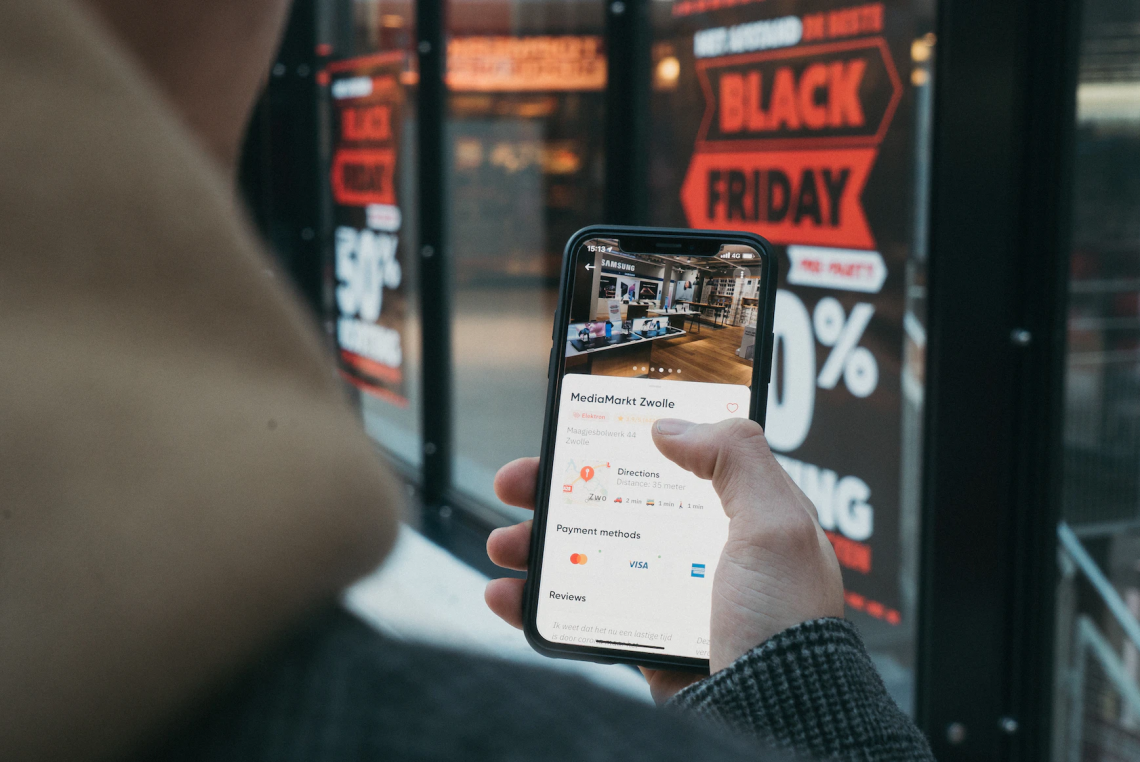
When it is too challenging to determine, set, and manage ideal seasonal prices for each product on an individual basis, retailers may elect to adopt it. Although it can't compete with a more detailed pricing structure, it is nevertheless helpful in this particular situation.
Retalon, an artificial intelligence system created specifically for merchants, can carry out this task automatically.
Retalon's retail AI engine can examine a large number of significant variables that influence demand, including:
- Seasonality and the product's price elasticity
- The impact of marketing campaigns
- Prices of rivals
- Price zones
- The cannibalization of complementary goods
To maximize gross margin and profitability without leaving you with an excessive amount of inventory at the end of the season or without having enough of certain items in stock that are in high demand.
The system will then determine the ideal price point or discount for each product at each location.
Where in the Big Picture Does High-Low Fit?
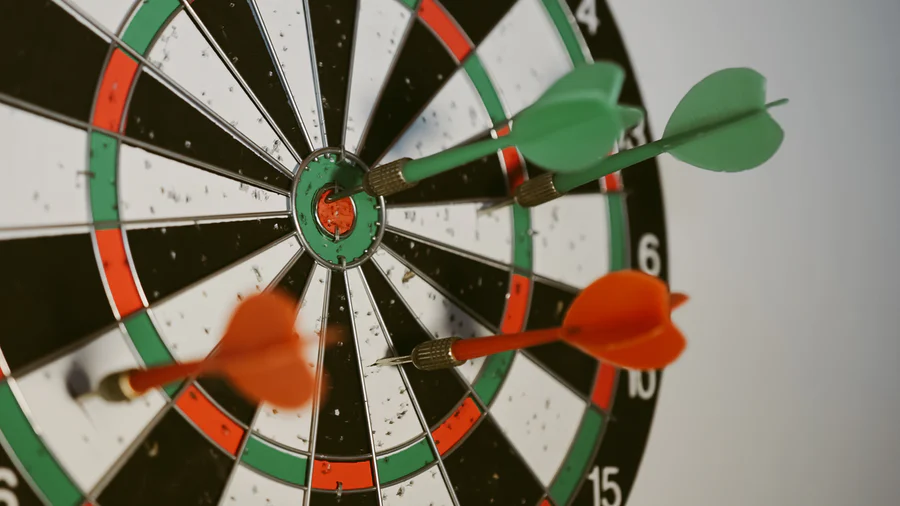
High-Low pricing is a fairly straightforward method that relies on some educated speculation.
When it is too challenging to determine, set, and manage ideal seasonal prices for each product on an individual basis, retailers may elect to adopt it. Although it can't compete with a more detailed pricing structure, it is nevertheless helpful in this particular situation.
So it should come as no surprise that some shops regulate their product prices using more straightforward rule-based pricing techniques (such as high-low).
The success of high-low pricing is (at least in part) dependent on making accurate guesses, even though it is straightforward:
- How much should the purchase price be at first?
- How frequently should prices decrease?
- How significant should price reductions be?
- What quantity of stock is required for each price point?
- What should be the starting price?

Without the aid of advanced analytics or an accurate demand forecast, it is challenging to provide answers to each of these queries.
Pricing strategy in terms of "high-low" wouldn't be an issue anymore if these questions could be successfully answered for every Product and Location at scale. The focus would be on ideas like AI-driven price optimization.
High-low pricing is a terrific alternative for smaller merchants looking to discover the best price for a select few products.
However, it becomes more challenging to broadly adopt this method at increasing degrees of retailer complexity without taking many educated guesses (and relying on luck).










or Want to Sign up with your social account?